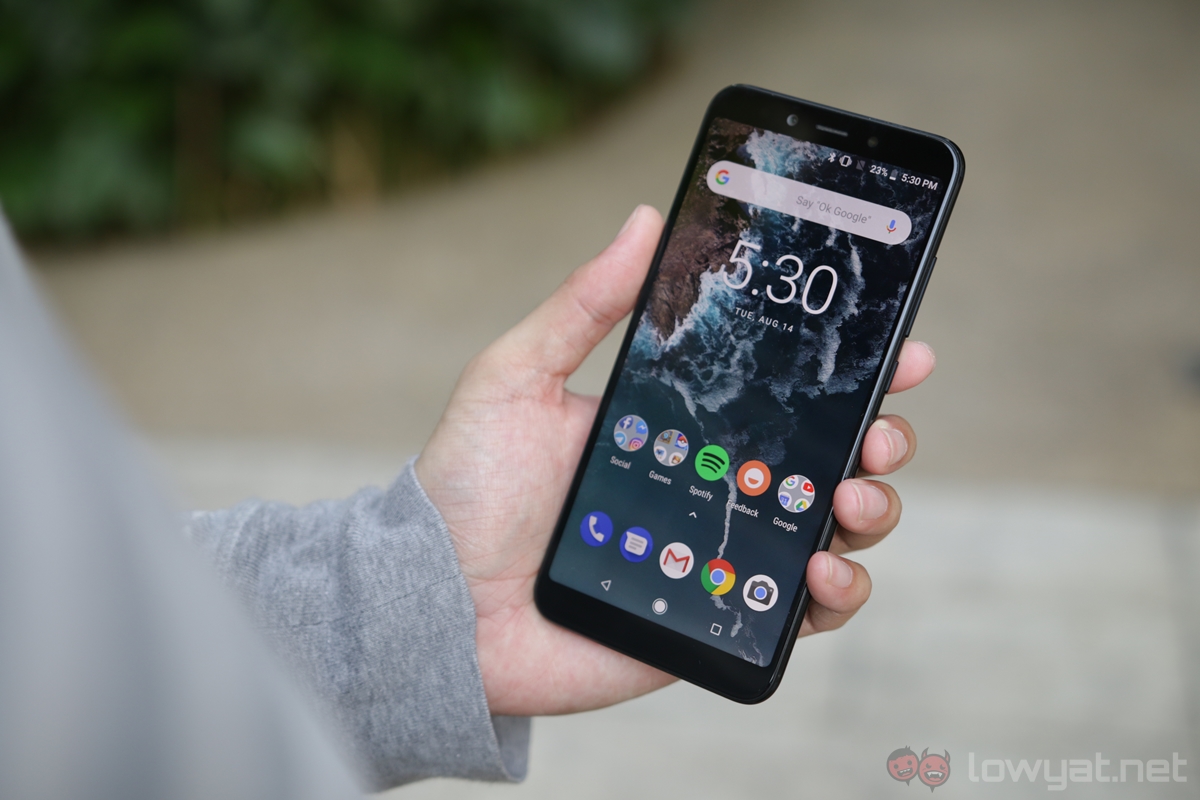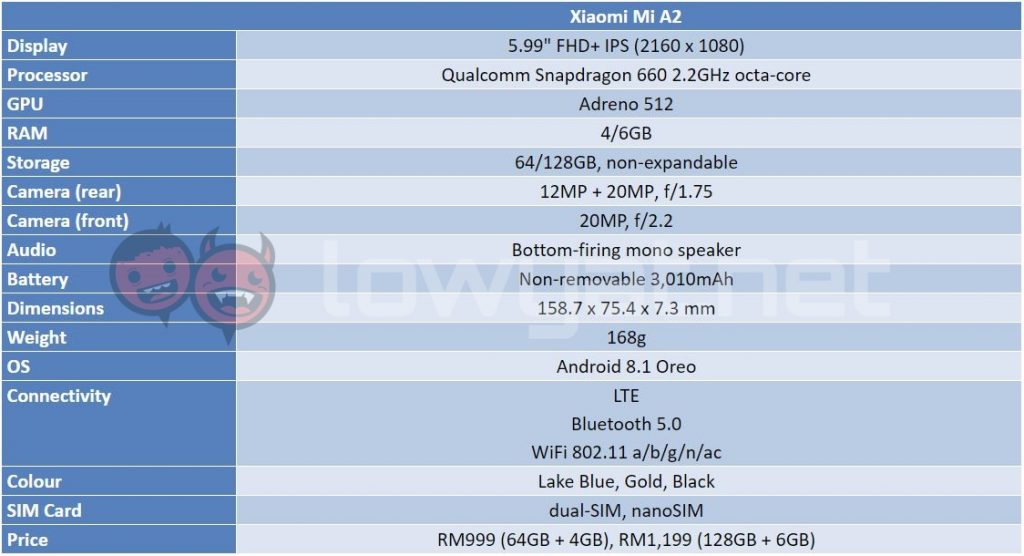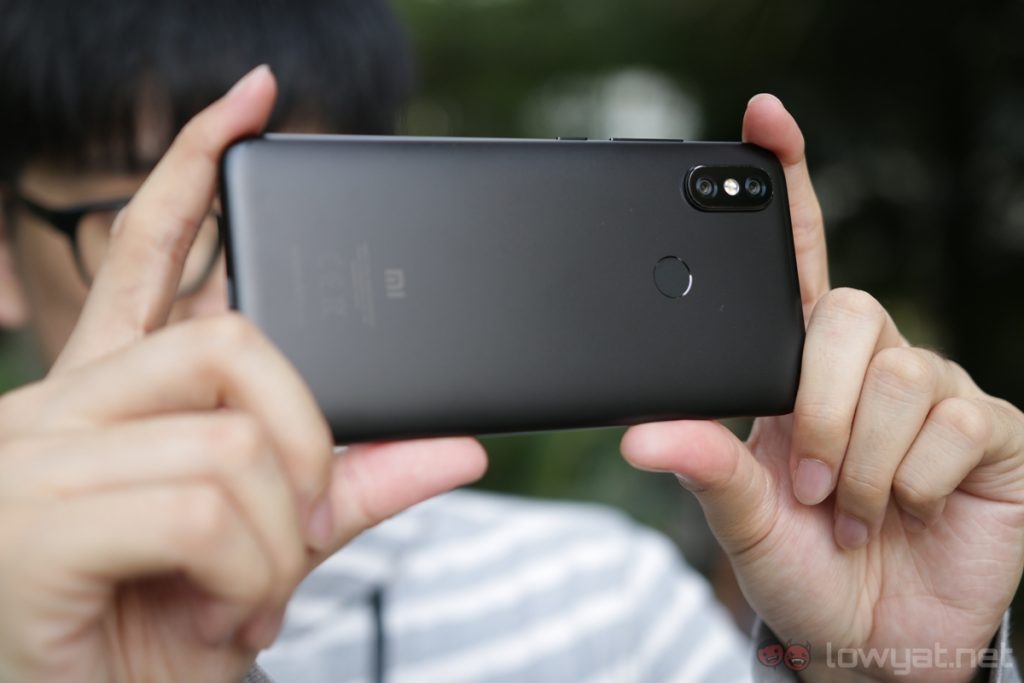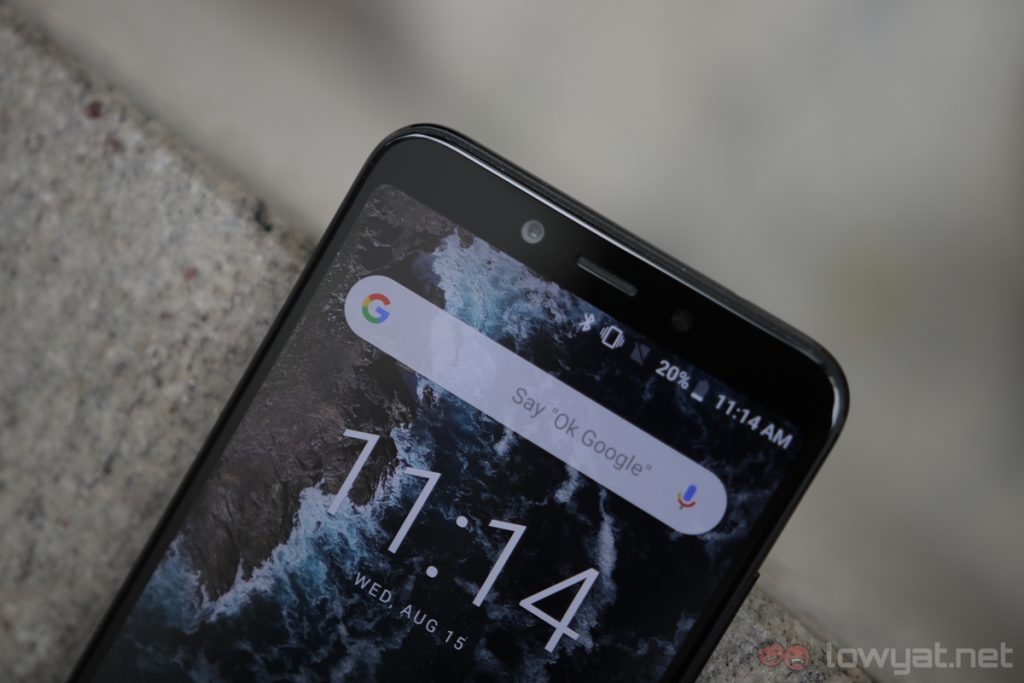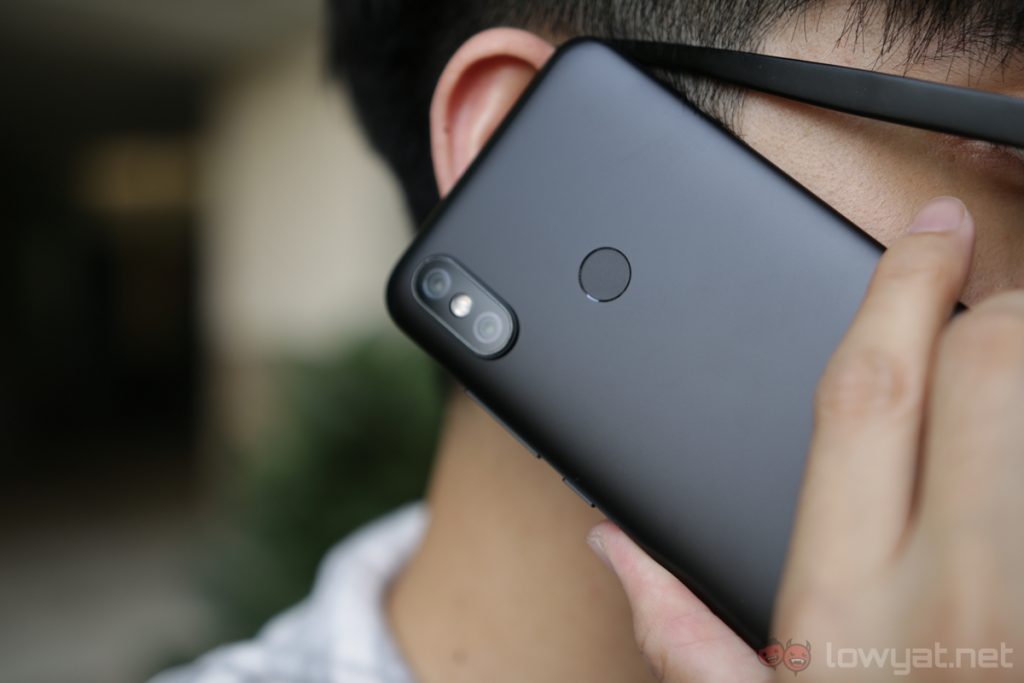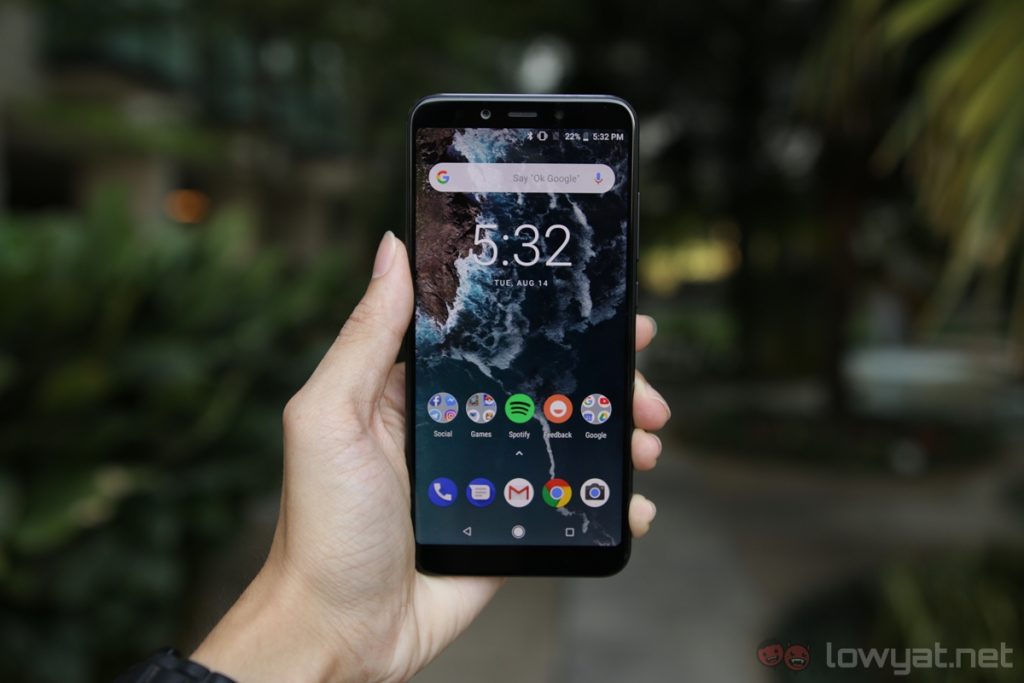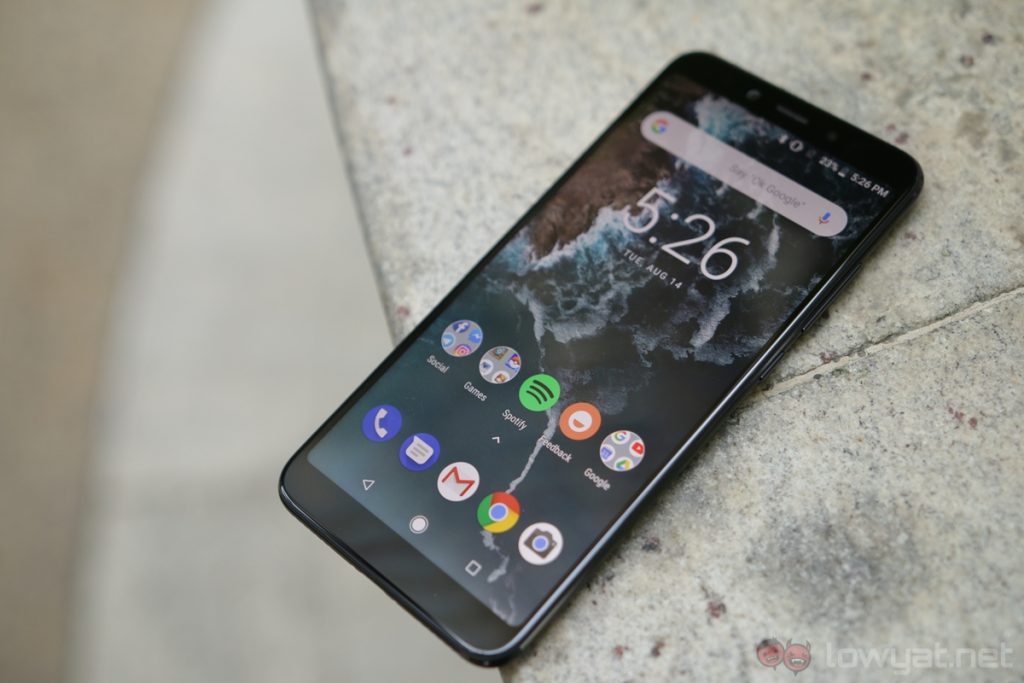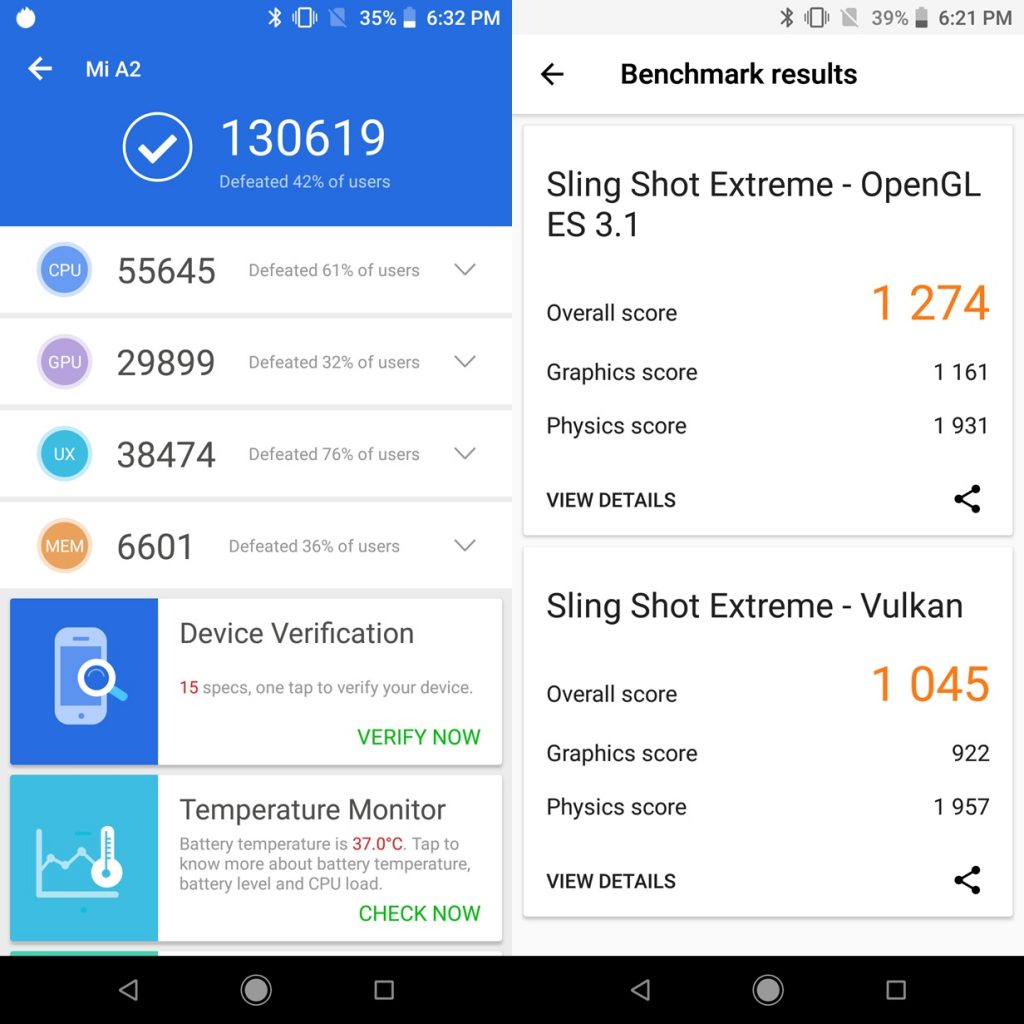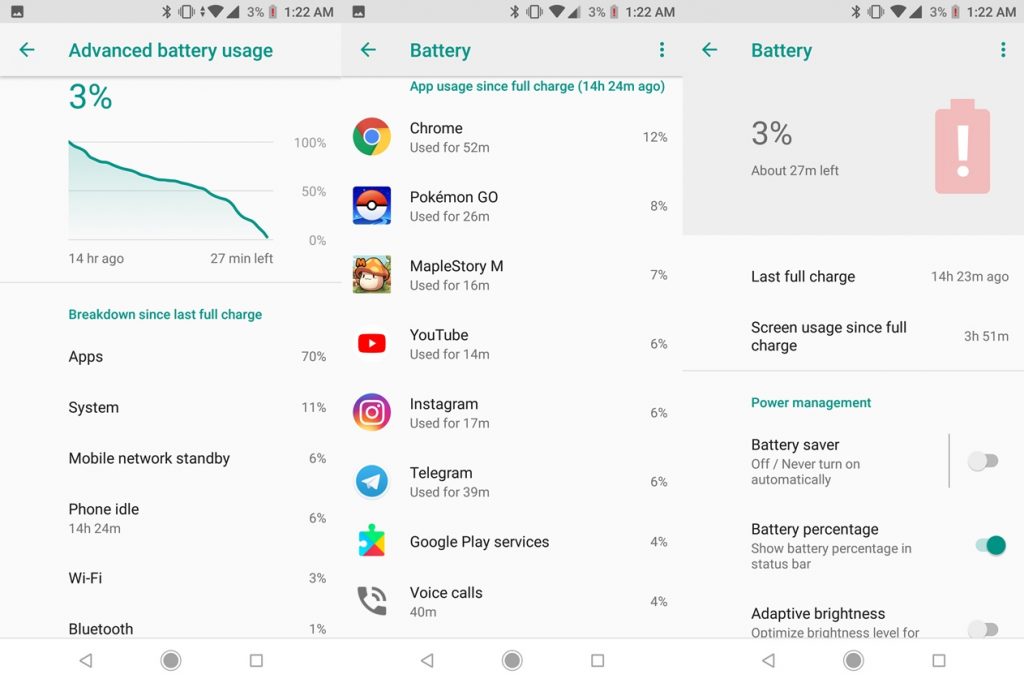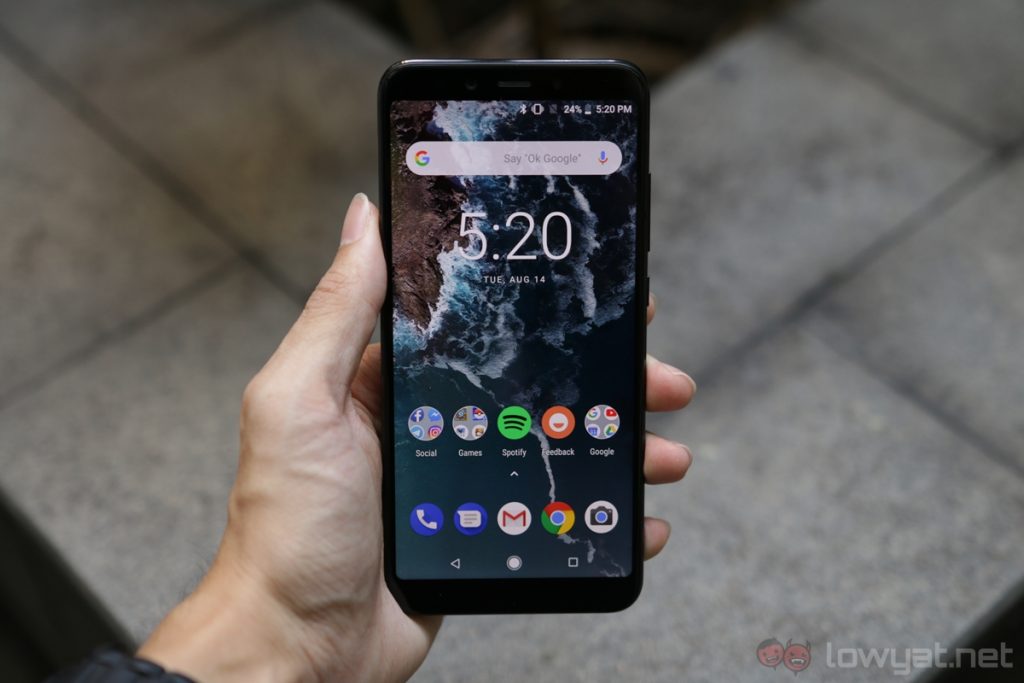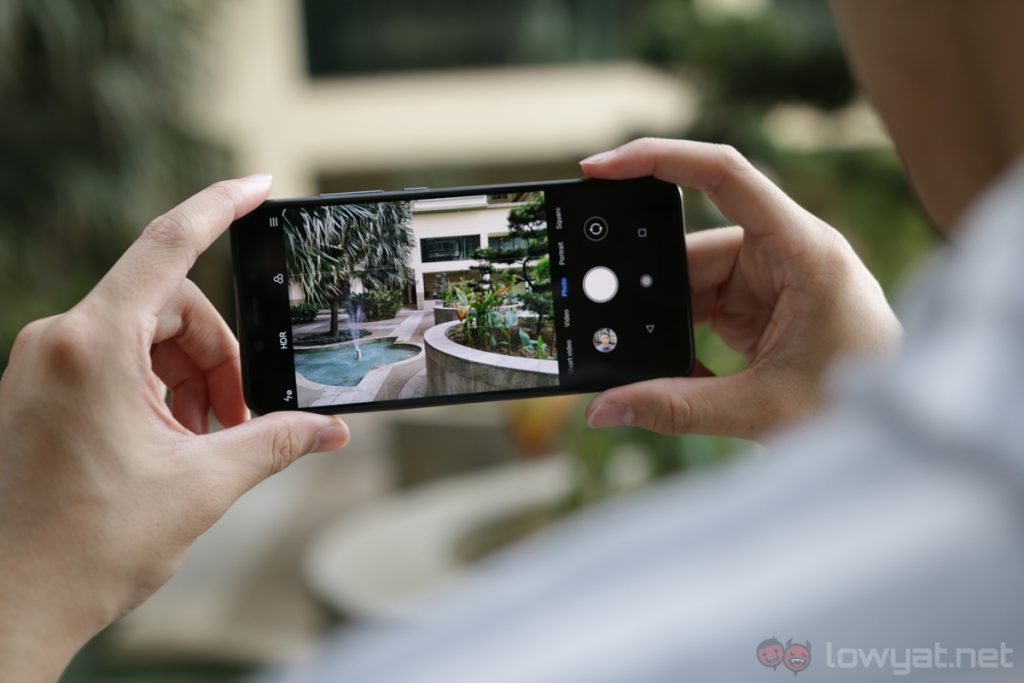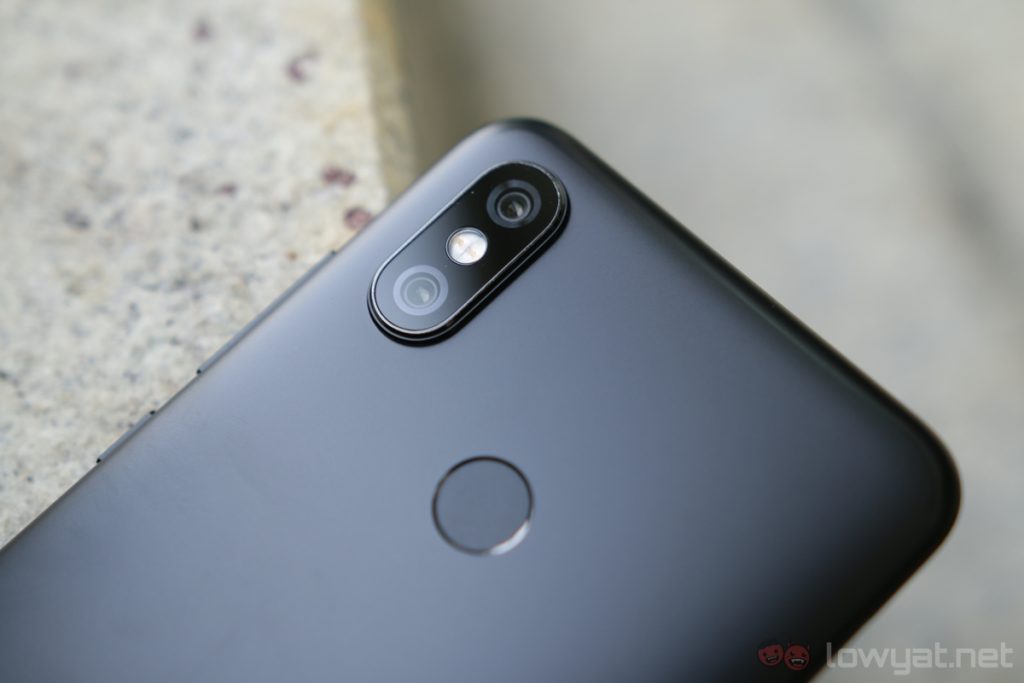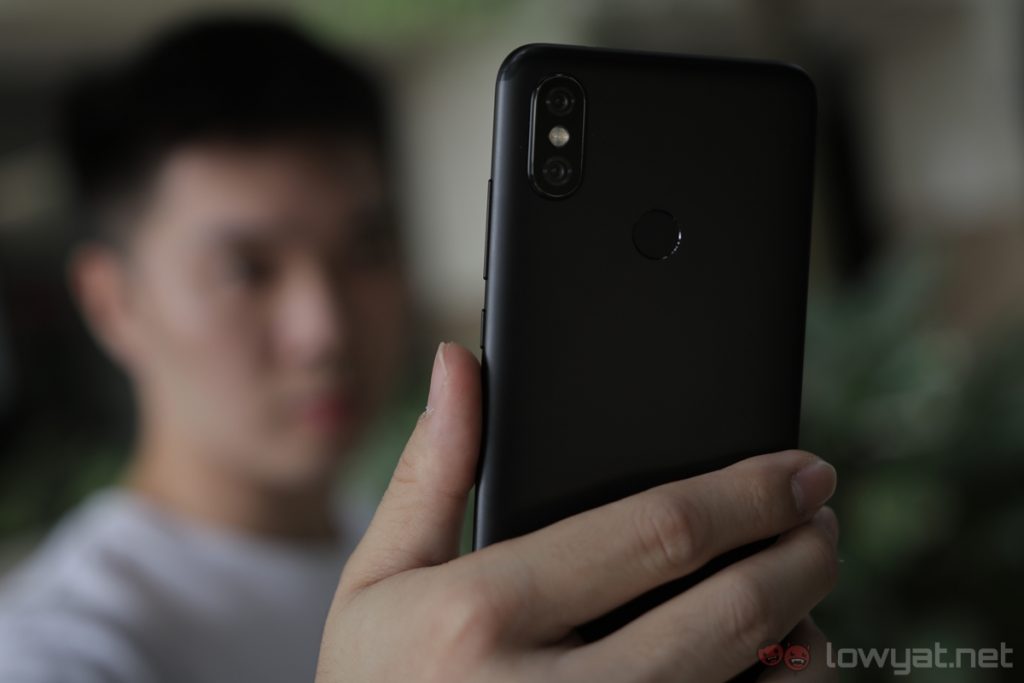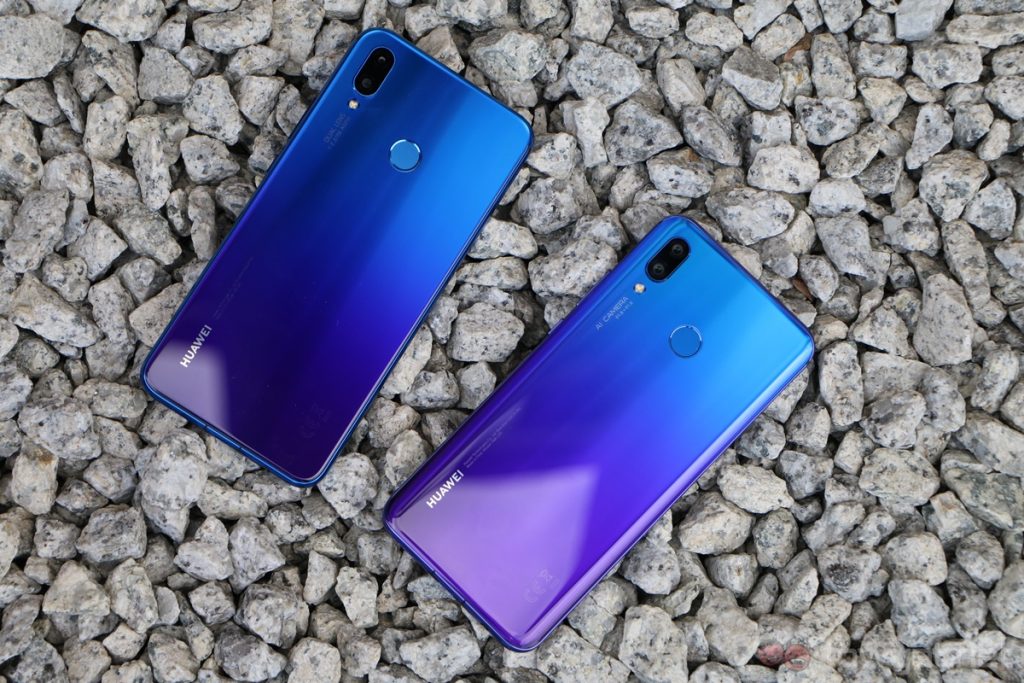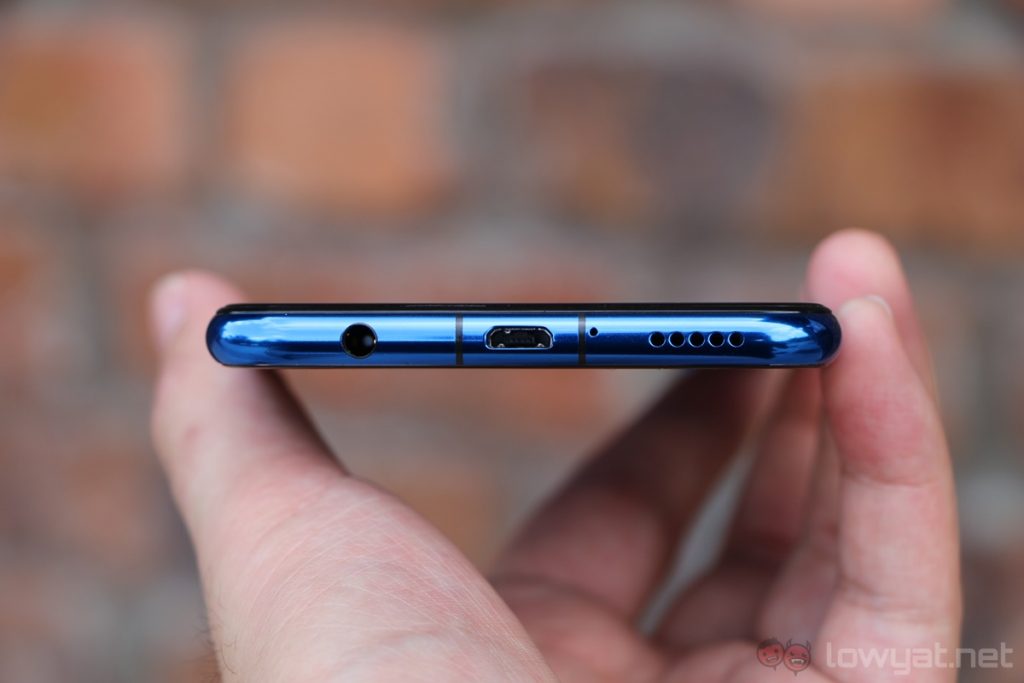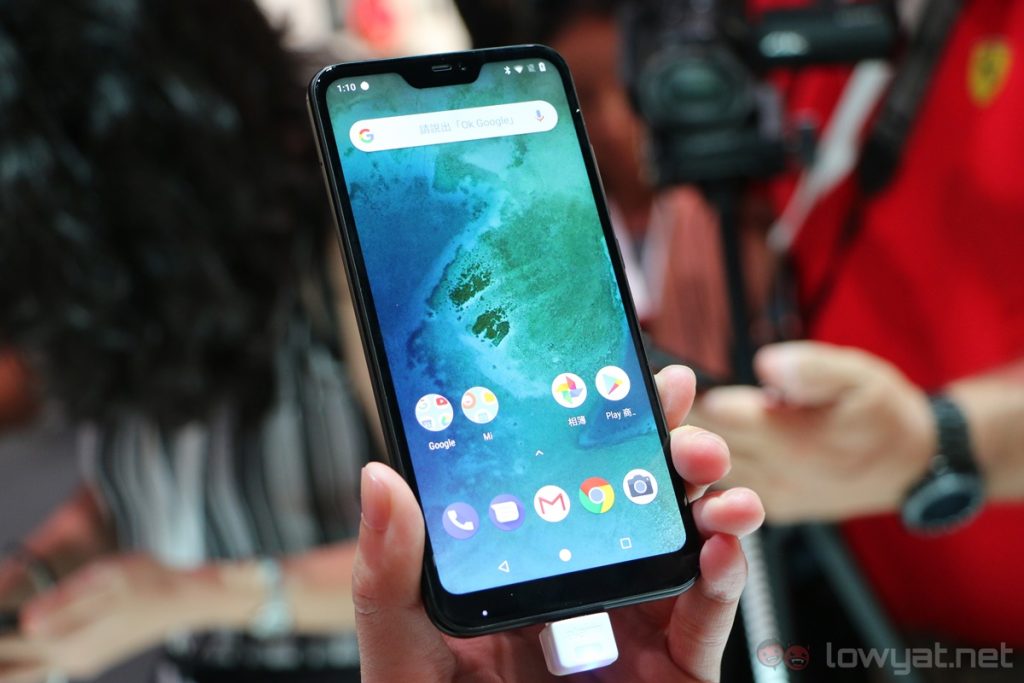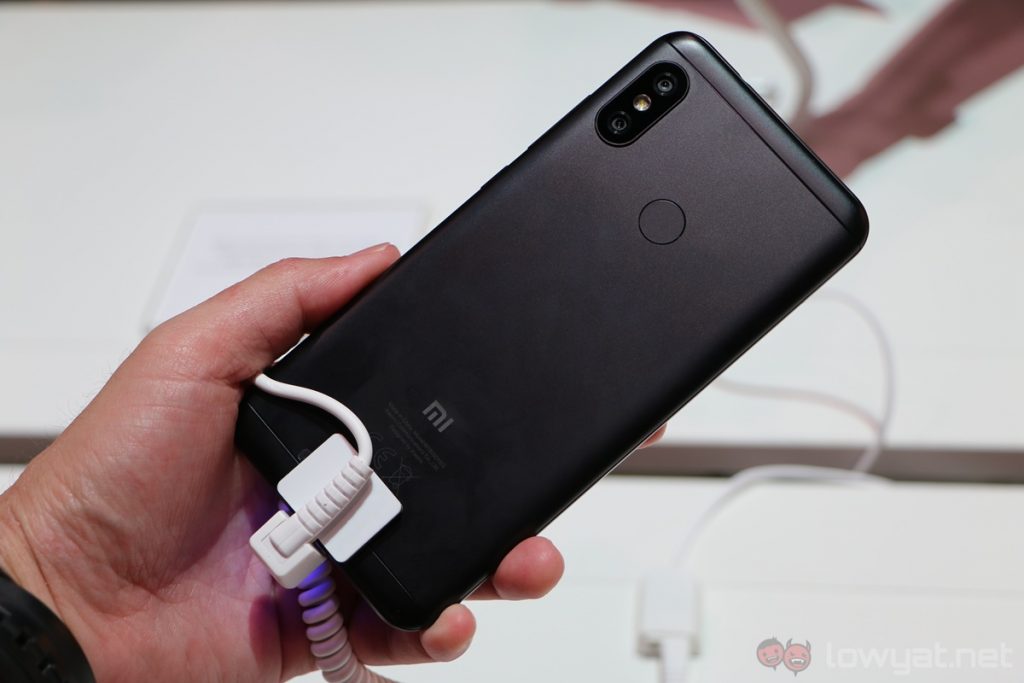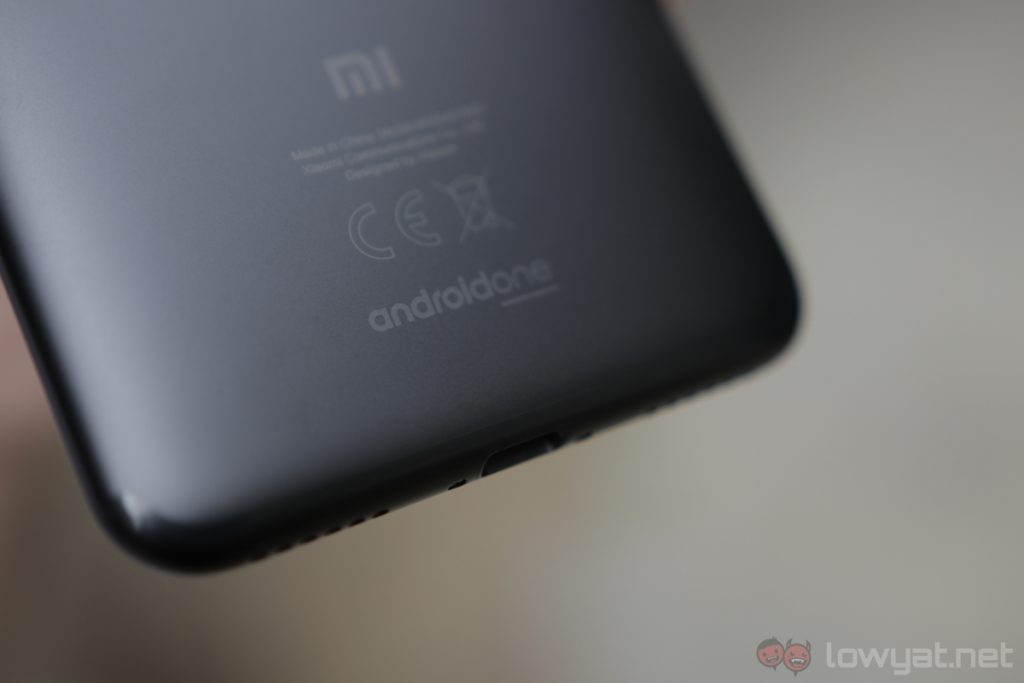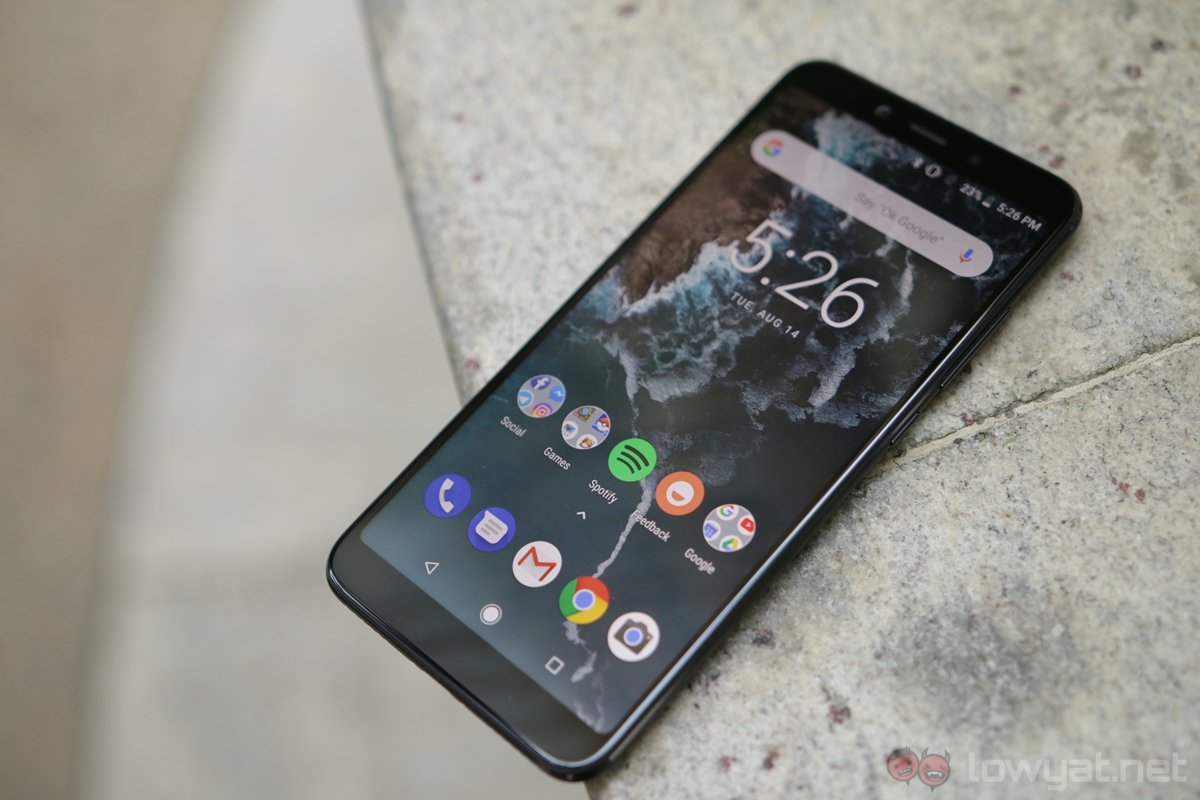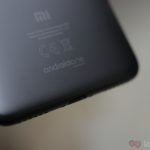Android One devices have come a long way. Previously a program consisting of only entry-level to lower mid-range phones, there are now quite a number of pretty capable Android One phones. One of them is, of course, the Xiaomi Mi A2 – the Chinese company’s latest Android One device.
After using the Mi A2 as my daily driver for a couple of weeks, it’s without a doubt a very good smartphone – great, even, in certain areas. However, there are some aspects of the phone that could prove to be a deal breaker for some consumers. But if you can look past these, the Mi A2 is one of the best sub-RM1,000 phones you can buy now.
Specifications
Unlike its predecessor, the Mi A2 comes with a much superior Qualcomm Snapdragon 660 chipset. Positioned as an upper mid-range SoC, it certainly lends to a pleasant user experience with a good level of performance. On top of that, the Mi A2’s 12MP + 20MP dual-camera system is quite capable too.
There are a couple of downsides though, and one of them is the Mi A2’s battery capacity. Equipped with only a 3,010mAh cell, battery life is not the phone’s best quality. On top of that, it also lacks a microSD card slot and a 3.5mm headphone jack.
Design
Based on the China-only Xiaomi Mi 6X, the Mi A2 is…well, identical to the 6X. Sporting a minimalist, understated design, the Mi A2 is quite comfortable to hold for long periods of time. On top of that, measuring only 7.3mm thick, it feels really, really thin too – almost too thin, in fact.
Minimalist, understated design.
On the front, the Mi A2 has a 5.99-inch 18:9 Full HD+ display. Thanks to this tall aspect ratio, the Mi A2 has much smaller bezels than the Mi A1. However, compared to its competition, the Mi A2’s bezels are still quite chunky. It’s the same case with the Xiaomi Redmi Note 5.
But hey, at least there’s no notch here.
Aside from that, I’m quite a fan of the Mi A2’s all-metal chassis. While the metal back is quite slippery, the matte finish ensures that it’s not too much of a fingerprint magnet. The slightly curved back panel also helps with ergonomics, though the large camera bump isn’t very aesthetically pleasing.
Fast and accurate fingerprint sensor.
Like most Xiaomi smartphones in the market now, the Mi A2 sports a rear fingerprint sensor. As expected, it is fast and accurate, and just a quick touch is enough to unlock the phone. Unfortunately, the sensor does not support any gesture control; swiping down on it doesn’t bring down the Notification Shade.
Design is not the main appeal of the Mi A2, but this is to be expected. After all, it’s an affordable smartphone, and design isn’t (usually) the main focus in this price range.
User Experience
Thanks to its Android One status, the Mi A2 has excellent software experience. Running on a very stock version of Android, there’s virtually no bloatware here. On top of that, the whole software feels very lightweight, responsive, and functional.
However, there are a couple of downsides running on such a stock version of Android. For one, the Mi A2 lacks a number of software features found on other versions of Android. There’s no Always On Display here, and neither are there any useful gestures, such as double tapping the display to wake the phone from sleep.
Great software experience, but feels basic.
Nonetheless, the Mi A2 does provide very good software experience – it just feels basic and bare-bone.
Next, we have the Mi A2’s 5.99-inch Full HD+ IPS display, which is pretty great. Colours are vibrant, viewing angles are good, and it can get quite bright as well. However, I did face an issue with the phone’s adaptive brightness feature: it has trouble adjusting to the correct level of brightness. Needless to say, I disabled the feature to not deal with the hassle.
But let’s move on to something more positive: performance. Powered by a Snapdragon 660 chipset, the Mi A2 is a fast, fast smartphone. It is by no means as zippy as a flagship device, but it’s certainly more than capable at running most mobile games well – including PUBG Mobile – and provide enough power for day-to-day tasks.
One of the fastest smartphones in its price range.
The Snapdragon 660 is a capable upper mid-range chipset, and it makes the Mi A2 one of the most capable smartphones in its price range.
Last but certainly not least is the Mi A2’s battery life, and…it’s not great. Packed with only a 3,010mAh battery, I can get – on average – between three and a half to four hours of screen on time with this phone. While that’s still enough juice for a day’s worth of usage, it’s definitely not the best battery life we’ve seen from a mid-range phone.
Very average battery life.
Charging speed, on the other hand, is quite average too. Within 30 minutes of charging, the Mi A2 only charged up to about 50%.
Pleasant software experience and good performance define the Mi A2, but the phone’s average battery life is definitely a cause for concern for heavy smartphone users. It would’ve been great if Xiaomi had fit in a larger battery into the Mi A2, like what the company did with the Mi A2 Lite – the latter features a much larger 4,000mAh cell.
Camera
Featuring a 12MP + 20MP dual-camera system, the Mi A2 is pretty darn capable when it comes to photography. While the camera doesn’t feel particularly responsive in challenging lighting conditions, it can definitely snap good low light shots with the right amount of effort. Daytime shooting, on the other hand, isn’t a challenge at all for the Mi A2.
Surprisingly enough, Portrait Mode on the Mi A2’s dual-camera system is one of the most refined implementations I’ve seen – especially on a phone this affordable. Separation between the subject and background is handled very well, and the bokeh effect doesn’t look too artificial either.
Very good Portrait Mode for a mid-ranger.
Of course, even the 20MP front-facing camera has a Portrait Mode. While the bokeh simulation is not quite as refined as the rear cameras, it’s definitely very serviceable.
 Portrait Mode with the dual-camera system (top) and selfie shooter.
Portrait Mode with the dual-camera system (top) and selfie shooter.
Xiaomi devices, especially budget-focused ones, don’t usually have very good camera systems. But the company has definitely improved in recent times, especially with the Mi A2. You’d be hard-pressed to find a phone with a camera this good in this price range.
Sample Images
Competition
Starting from RM999, the Mi A2 is a competitively priced smartphone. In fact, even the 128GB variant with 6GB of RAM retails at only RM1,199. The RM999 base model, on the other hand, comes with 64GB of storage and 4GB of RAM. In this price range, the Mi A2 has a couple of notable competition.
Huawei Nova 3i
The Huawei Nova 3i is definitely a direct competitor to the Mi A2. Retailing for only slightly more at RM1,249, the Nova 3i also comes with 128GB of internal storage, and its Huawei-made Kirin 710 chipset is said to be comparable to the Mi A2’s Snapdragon 660 SoC. On top of that, the Nova 3i has a sleeker-looking design as well, thanks to the gradient colourway and smaller bezels.
It’s also worth noting that the Nova 3i has a microSD card slot and a 3.5mm headphone jack – two features the Mi A2 sorely lack.
That being said, as it’s an Android One device, the Mi A2 has better software experience and update time; the RM1,199 variant of the phone also comes with more RAM at 6GB, compared to the Nova 3i’s 4GB RAM. As for camera performance, the Mi A2’s more sophisticated 12MP + 20MP dual-camera system is better than the Nova 3i’s 16MP + 2MP rear cameras.
Xiaomi Mi A2 Lite
The Mi A2 Lite is an excellent alternative to the Mi A2 if you still want an Android One device. It’s much more affordable at RM699, it has a larger 4,000mAh battery, and it also comes with a microSD card slot and a 3.5mm headphone jack. In short, it’s a more practical device than the Mi A2.
Of course, the Mi A2 Lite’s affordable price tag does come with a few sacrifices. It has a slower Snapdragon 625 chipset, 3GB of RAM, 32GB of storage, as well as a less capable 12MP + 5MP dual-camera system and a 5MP front-facing shooter. But if you don’t need the extra performance the Mi A2 offers – and you want better battery life – the A2 Lite is definitely the more attractive option.
Conclusion
I was optimistic the Xiaomi Mi A2 will be one of the most attractive sub-RM1,000 smartphones in Malaysia before this review. After all, it offers great value for money, a fast chipset, excellent software experience, and a capable dual-camera system. Unfortunately, these winning qualities are marred by a few things.
For one, the Mi A2 has average battery life, and it lacks a microSD card slot for further storage expansion. Aside from that, it’s also missing a 3.5mm headphone jack. Either one of these can be a deal breaker for some consumers, and it’s odd how the more affordable Mi A2 Lite has all of these features.
The best smartphone for the right consumer.
But if you don’t need great battery life, expandable storage, or a 3.5mm headphone jack, the Xiaomi Mi A2 will not disappoint – especially if you’re looking for an affordable smartphone with great software experience and performance.
Photography by Soh Li Jin.
Follow us on Instagram, Facebook, Twitter or Telegram for more updates and breaking news.


